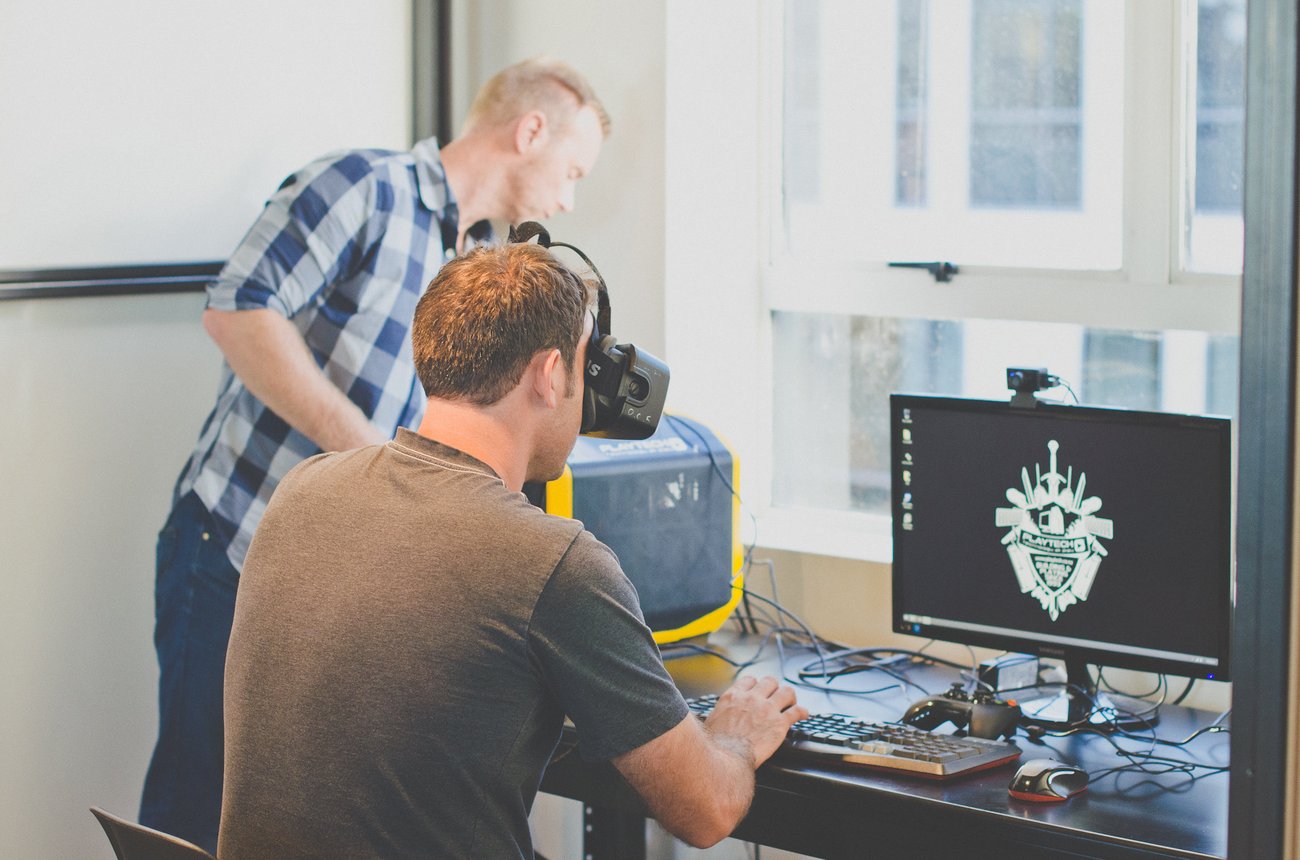
This year has seen an explosion of information on virtual and augmented reality capabilities, starting with a press conference showcasing the Microsoft HoloLens in January.
A whole host of devices are set for release in the next couple of years, with companies including Sony, HTC, Oculus, Samsung and Google all having plans afoot.
Using a headset, VR provides an immersive experience in which head movements are tracked in a three-dimensional world. Meanwhile, AR superimposes digital information over the real world in holographic form.

Use of augmented reality technology in films such as Avatar (2009)
KZero, a UK-based consulting firm for virtual space, had released a market sizing report that projects the virtual reality market reaching US$5.2bn (NZ$7bn) by 2018.
Spark Lab, a creative and innovation space directly above Ostro Brasserie & Bar in Britomart, Auckland, hosted a panel of digital creatives who have been directly involved in promoting the new technology, as well as showcasing some of the products currently available in developer forms.
Waxeye boss Tony Leslie presented a project for Air New Zealand in conjunction with its 75th Anniversary campaign, in which the Oculus Rift headset/goggles system was used to create a variety of simulated environments for passengers – walk in the forest, for example, or a 360-degree view of the sky they could see if the plane walls weren’t there.
Open “glass” roofs and walls, all computer generated, created a fully immersive environment that took fliers out of their usual airplane experience.
The panel debate covered commercial possibilities the technology presents. From training commercial or military pilots to real-time international round-table collaboration, AR and VR can potentially save business millions of dollars, the experts said.
“It brings people together,” says Danushka Abeysuriya, CEO of Rush Digital, which had created the TVNZ Aussie versus Kiwi Tug of War interactive game last year in conjunction with the Amazing Race.
The Amazing Race: NZ vs AUS – Tug of War Activation from Rush Digital on Vimeo.
Abeysuriya says it’s about the ability to work on a creative project with other people around the globe, where people can be presented as an avatar of themselves in a virtual environment.
What’s extraordinary, according to Abeysuriya, is the fact that everything developed so far has been on early-stage beta devices, where the technology is not as mature as it could be.
“VR is very simple technology, but the ability to create content is obscene,” he says.
“We don’t have the resources to create the environment and characters and visuals.”

Image curtesy of Sophia Miya-Smith / Shine Limited
Air NZ’s Waxeye project took 10 people roughly 4000 hours of work, Leslie says.
However, the development of this technology could in the future serve towards additional educational services, and is worth developing, the panel concluded.
Stephen Knightly, director of InGame, a gamification agency, has worked with KiwiRail and TrackSafe NZ in creating a virtual reality simulator for National Rail Safety Week last year.
The simulation allowed users to see things from the perspective of a train operator. It was demonstrated live in shopping centres across Auckland, Wellington, Masterton, and Christchurch.
The campaign extended on to Facebook and AppStores, where users where able to play without the physical gear, as well as experience a train-car collision virtually.
However, Abeysuriya says while the tech world may be hooked up on products such as the Oculus Rift and Sony’s Project Morpheus, what will ultimately propel this technology into everyday living will be things such as the Google Cardboard and the Samsung Gear VR.
Both products are “low-fi” versions that uses a smartphone as its processor and screen, and is easily accessible for the mass consumer.
“Passive tech is the best,” Abeysuriya says. “You shouldn’t have to feel it.”




